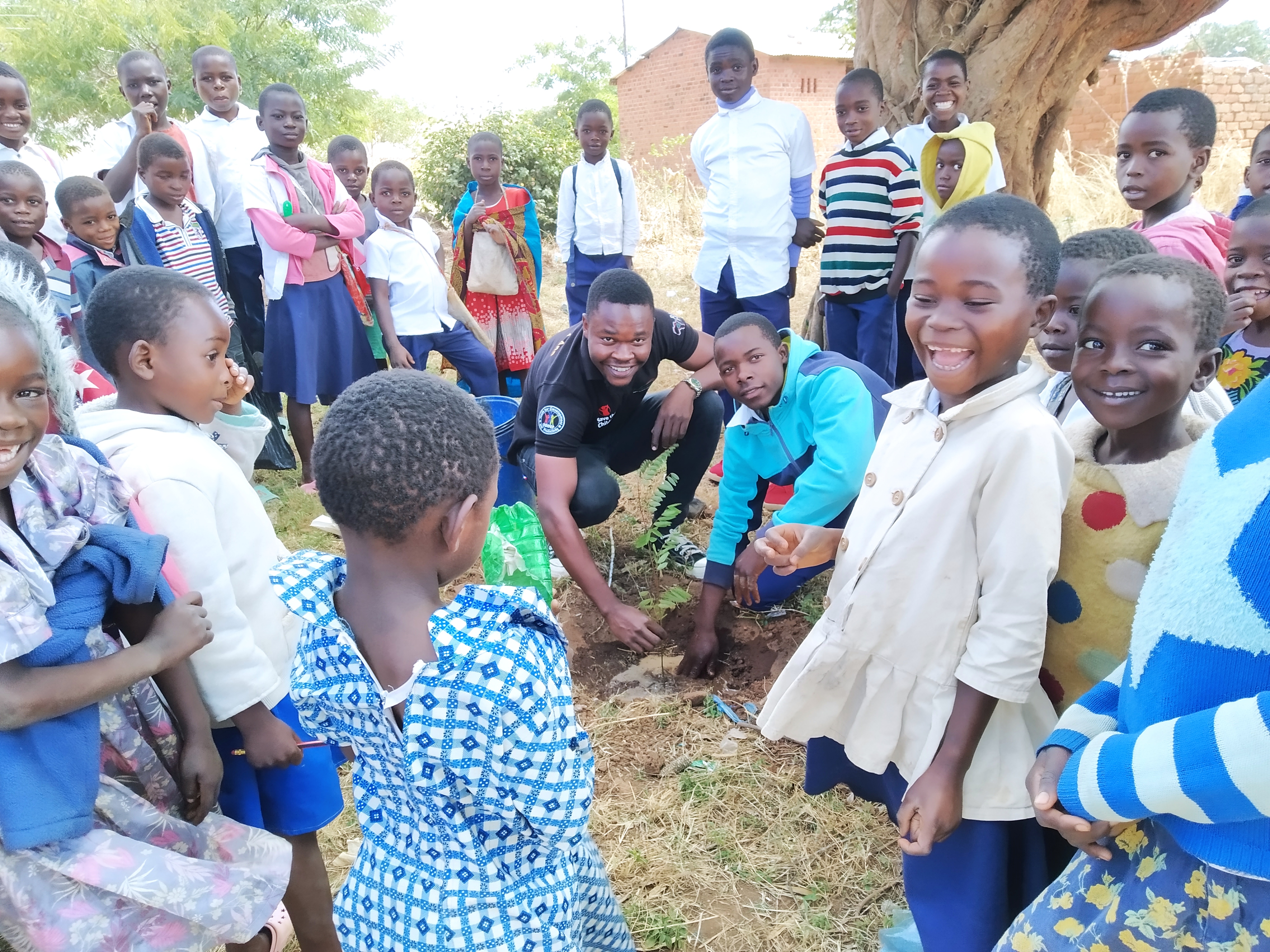The Ministry of Land and Environment (MTA), in partnership with IUCN Mozambique, launched three Knowledge Hubs as part of its efforts to centralise and streamline conservation and restoration training and knowledge exchange from the central to local levels and from public administration to communities. These hubs serve as essential training tools, particularly for mangrove restoration and protection, and for the broader application of Ecosystem-based Adaptation (EbA) and Nature-based Solutions (NbS) for both communities and policymakers.
Located within government premises in Maputo, Maputo National Park, and Pemba, the hubs function as open-access centres where conservation manuals, tools, and courses, including those from the IUCN Academy, are shared. These resources, (e.g. on NbS, Other Effective area-based Conservation Measures (OECMs), mangrove restoration) translated to Portuguese and tailored to local projects and communities, help expand the reach of conservation knowledge, especially to rural communities, women, and youth. By offering systematic online and in-person training, the hubs provide a space for both tailored learning and socio-economic development, incorporating important dimensions of governance, gender, and youth engagement.
The Knowledge Hubs empower local communities, especially those in buffer and coastal areas, to become active agents in conservation and climate adaptation by providing tools on topics such as mangrove restoration and NbS. This initiative not only promotes sustainable practices but also nurtures a culture of learning and participation.
The Knowledge Hubs have proven to be a cost-effective solution for training, using existing infrastructure and only require internet connectivity. The program includes in-person training, such as the “Blue Training in Practise” program, which successfully trained over 20 professors and MTA staff to integrate coastal and marine management into local development plans and projects This approach is designed as a long-term, cross-sectoral process, ensuring that biodiversity, climate, and development considerations are incorporated into local development strategies. Where possible, the program also facilitates personal exchanges with local communities to enhance engagement and knowledge transfer.
Furthermore, the Knowledge Hubs have also served as a model for other development and conservation actors, attracting in-kind and financial support, which further strengthens partnerships and raises awareness.
Success depends on developing a clear investment plan, selecting reliable internet providers, and designating competent actors to manage content development and uploading. Collaboration with local and international partners is essential for sustaining the hubs and expanding their reach.
By establishing these Knowledge Hubs and prioritizing capacity-building, IUCN has not only shared essential tools for conservation but has also contributed to the long-term sustainability of conservation efforts in Mozambique.
